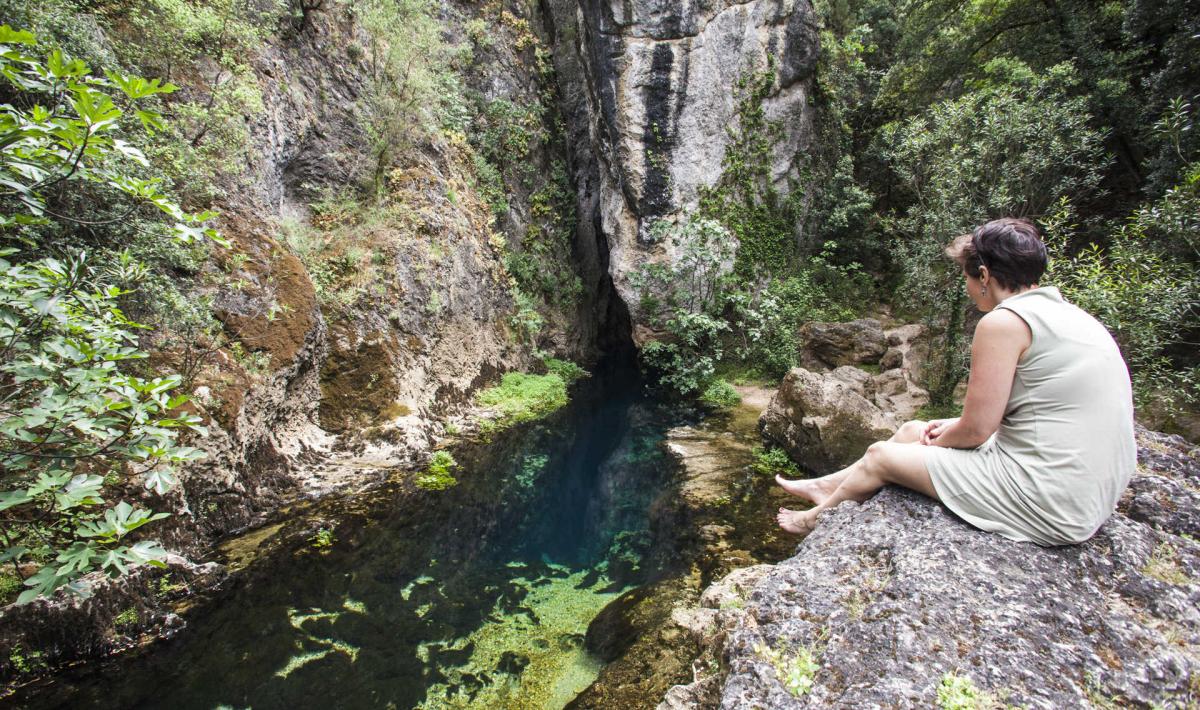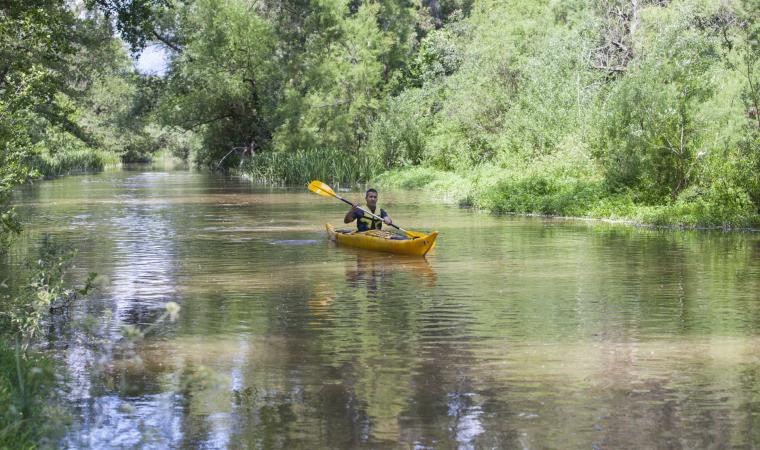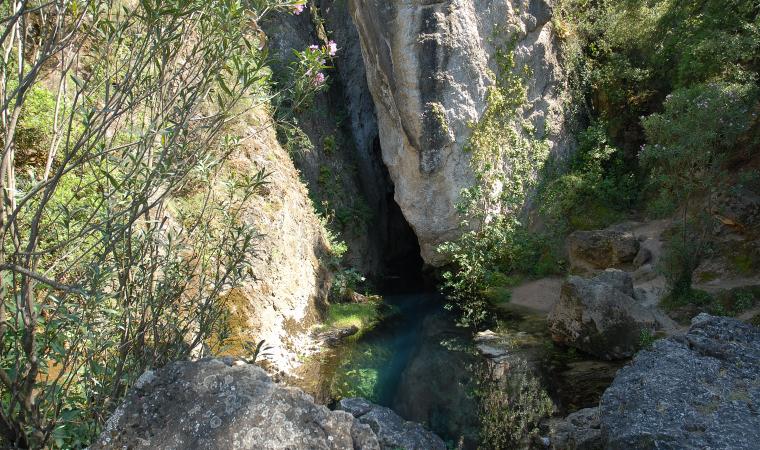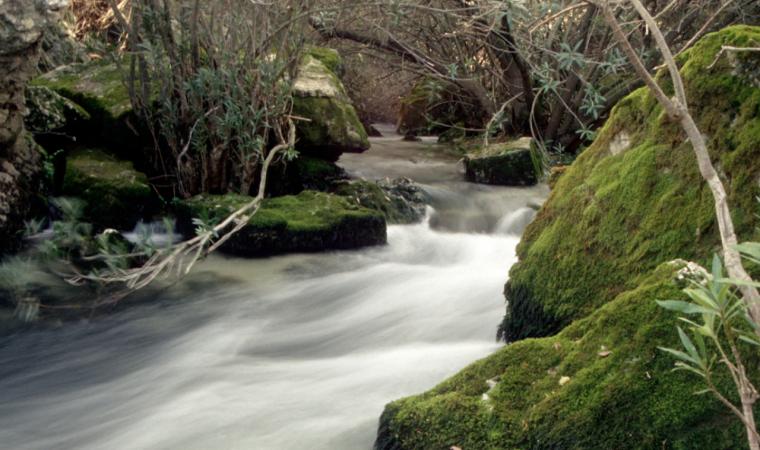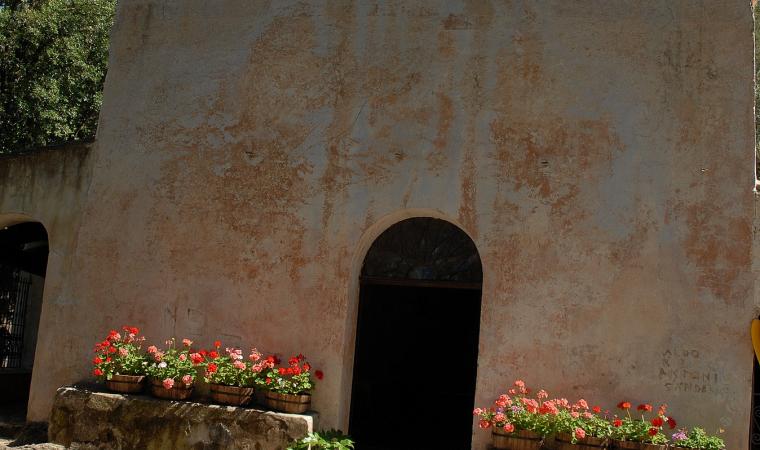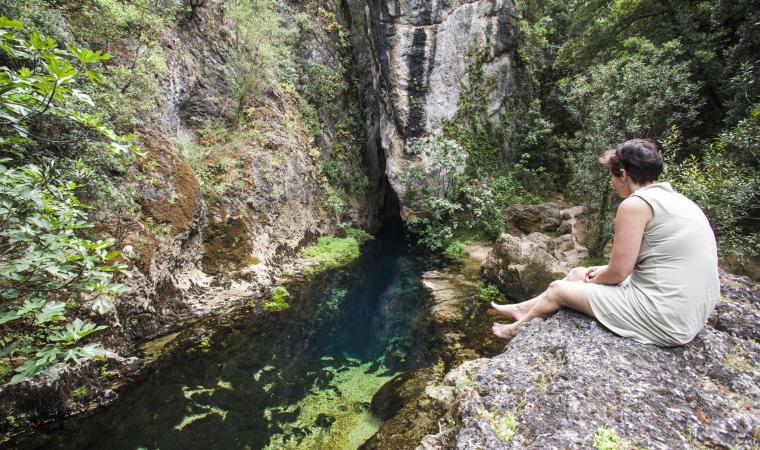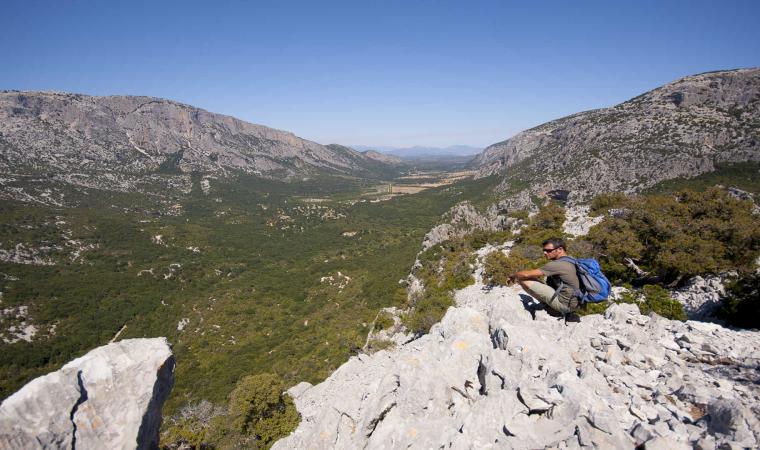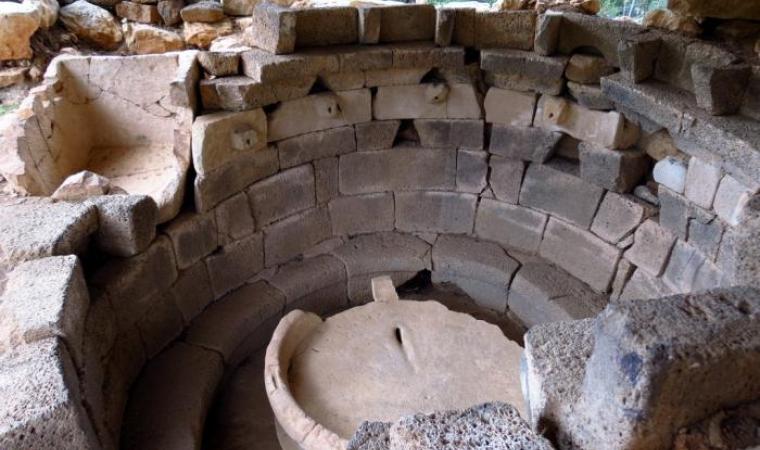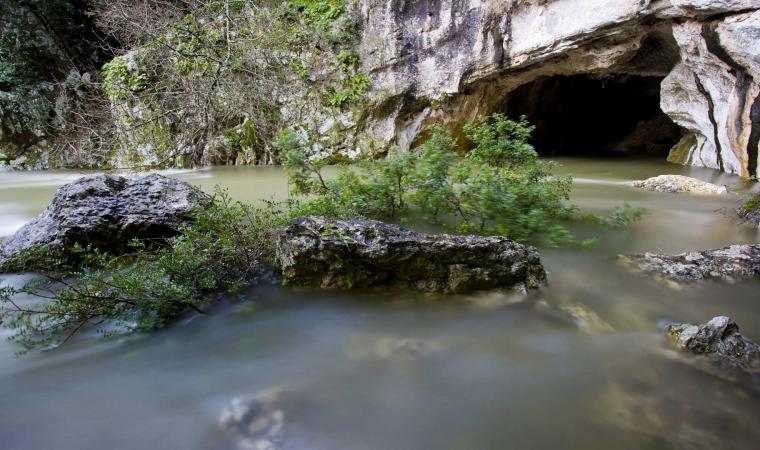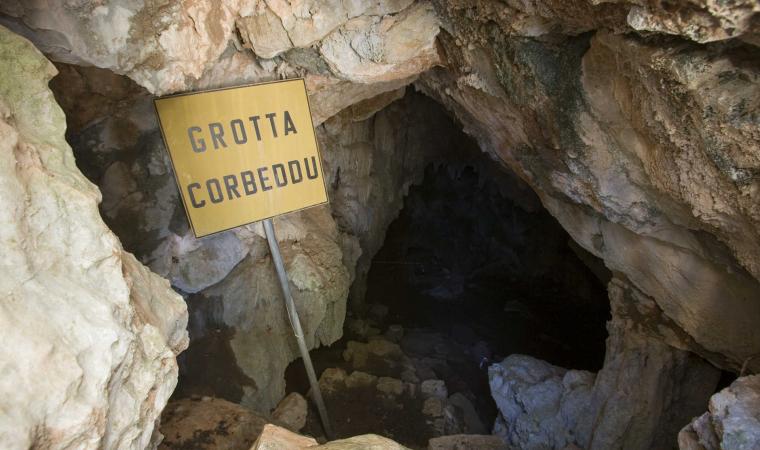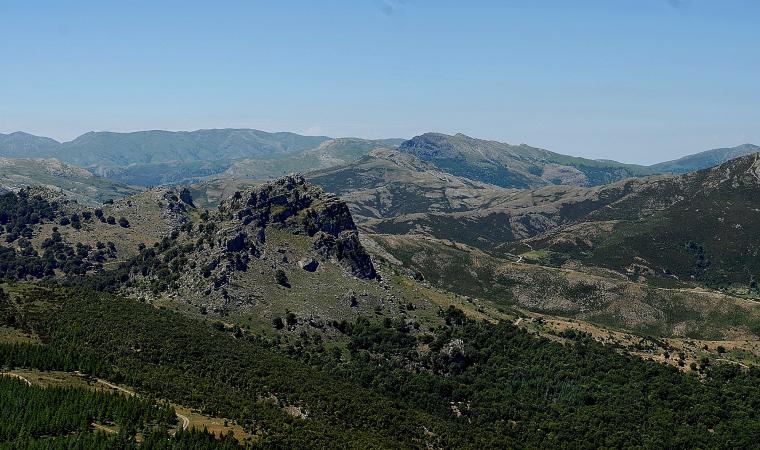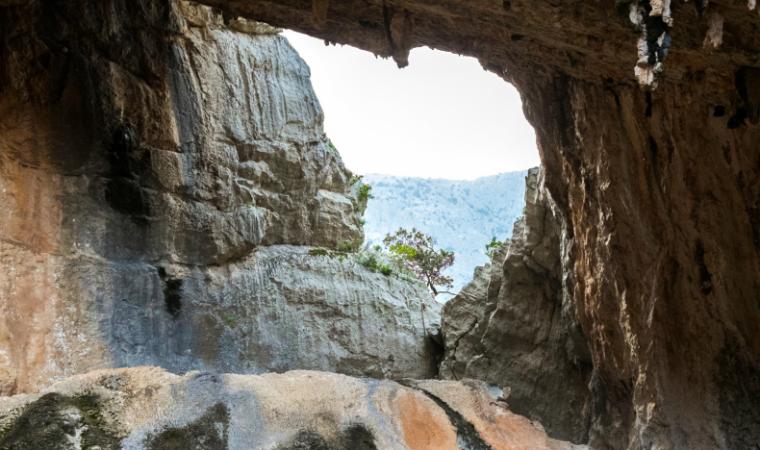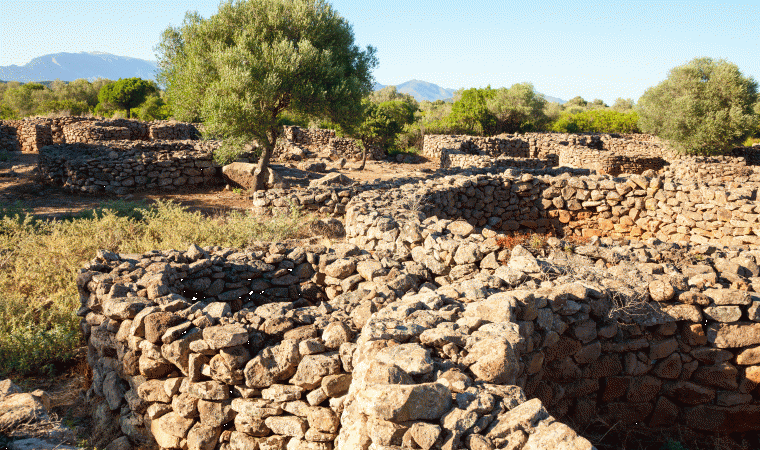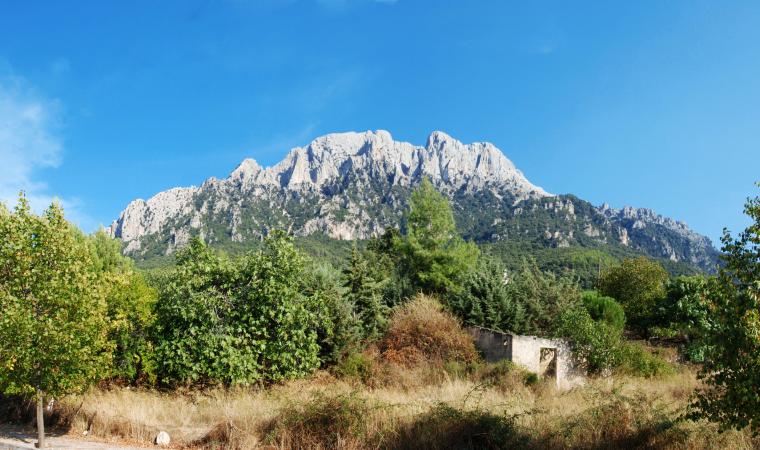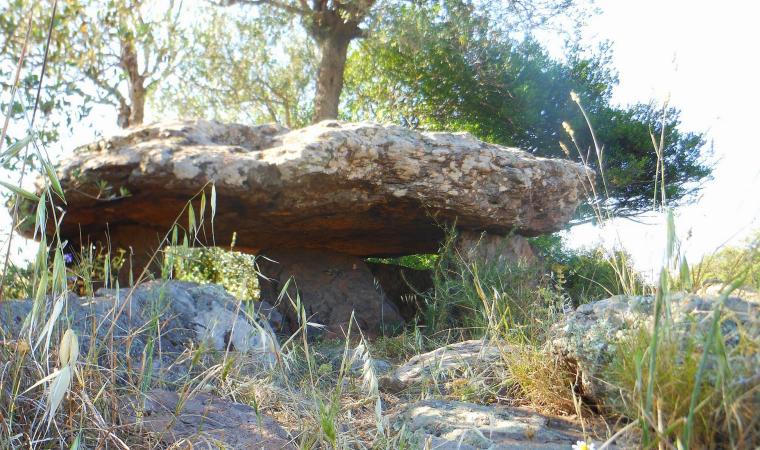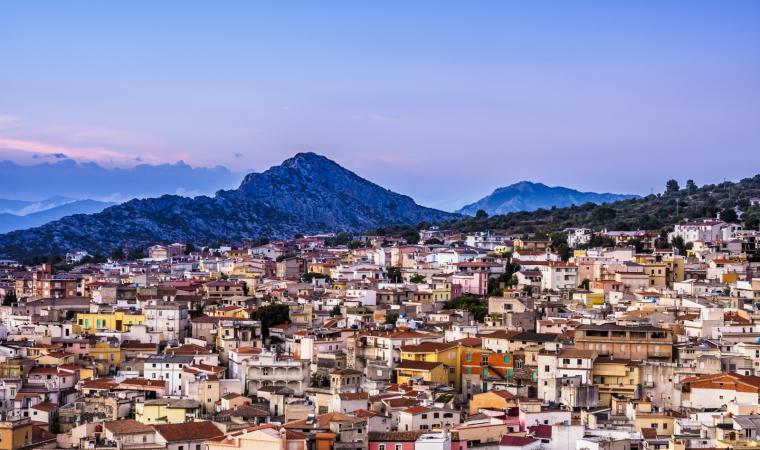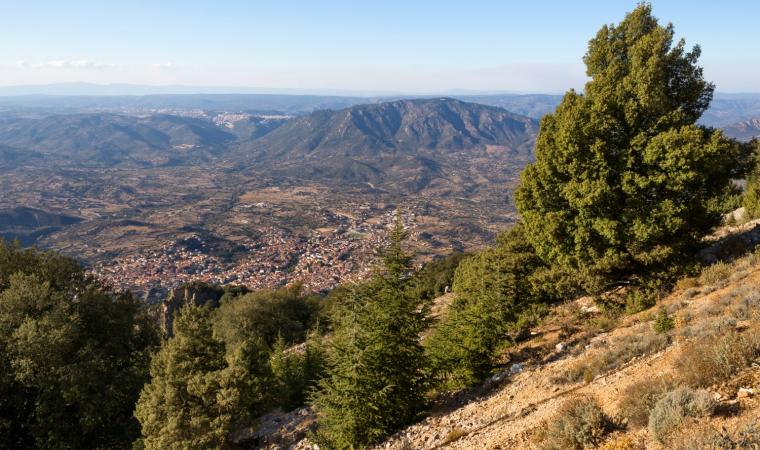The name itself evokes fresh water and lush greenery. Su Golognone, in the foothills of Mount Uddè, in the territory of Oliena, only 15 km away, is the most important Sardinian spring and a natural monument since 1998, as well as the main source for the vast Karst system of Supramonte. Over the millennia the water has carved out meandering underground channels before reappearing above ground as a small lake, set between the high walls of Dolomitic rock. The tones vary from emerald green to turquoise and intense blue, according to the reflection of the sun.
You can listen to the ceaseless crashing of the impressive quantity of pure mineral water - an average of 500 litres per second - gushing out of a constantly full crack in the rock. The clear, deep water is an irresistible challenge for underwater cavers, who arrive here from all over the world: in 2010, Alberto Cavedon explored up to 135 metres of it.
The spring is the starting point for a short mountain river that flows into the Cedrino, constantly feeding the islands fifth longest river. Depending on the time of year, you can see it change from an impetuous torrent during the full periods, to a gentle flow during the dry season. Kayakers start from the source and follow all the way through the canyon to the lake, in a particularly suggestive river itinerary. The stunning scenery of the spring is completed by a forest of eucalyptus, where you can enjoy a quiet picnic. While the water is the main attraction, its lush surroundings are still worth an unhurried break.
Su Gologone is part of a unique historical-archaeological landscape. A short walk away you'll find Nostra Signora della Pietà, an example of rural religious architecture. Deep canyons open in the Supramonte area, including the Lanaittu Valley, only seven kilometres from the spring. Here you can find the Nuraghic villages of Tiscali and sa Sedda 'e sos Carros and the Corbeddu caves - the location of findings that wrote the history of human inhabitation of the area - and sa Oche 'è su Bentu, another natural monument, and the stunning Ispinigoli, in the territory of Dorgali. Trekking itineraries of varying difficulty lead to the peaks of Oliena: Mount Corrasi (1463 metres), with its flora and fauna, and the peaks of sos Nidos and Cusidore.

